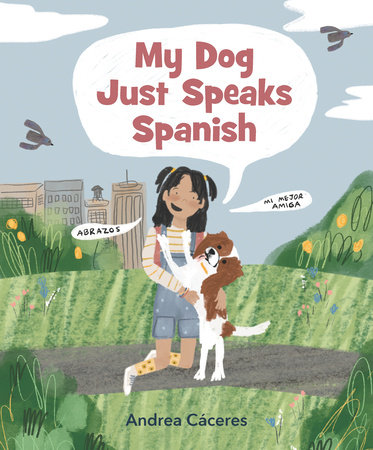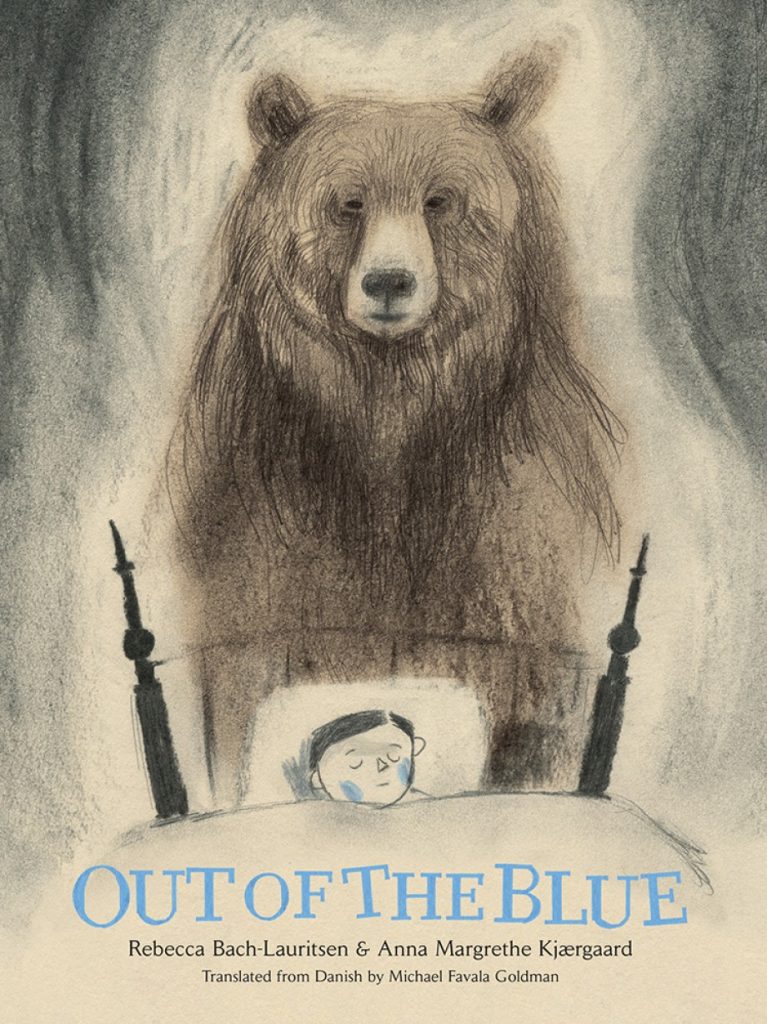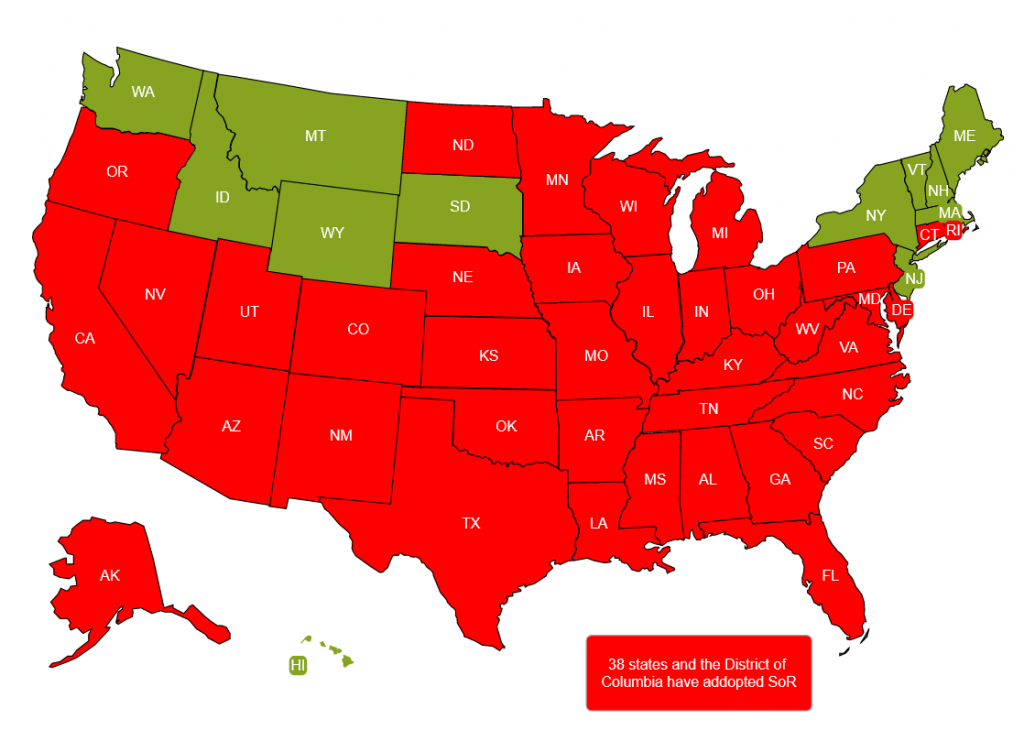by Mary L. Fahrenbruck, New Mexico State University, Las Cruces, New Mexico
Author’s Note: The thoughts and opinions expressed in this blog post are my own and do not represent the Worlds of Words Center. The content is based on my professional experiences in WOW and in the LETRS professional development training sessions.
My response to the question posed in the title above is that reading aloud has the potential to become common ground between Worlds of Words (WOW) and Language Essentials for Teachers of Reading and Spelling (LETRS) (Lexia, 2024). Despite their different focuses – Worlds of Words on global literacies and literatures for all readers and LETRS on professional development training for prek-3 educators and administrators – this common ground exists. This blog post is my attempt to reconcile my theoretical groundings in constructivism, socio-psycholinguistics and Reader Response theory with the LETRS training permeating school districts in New Mexico (NM) where I reside.
Previously, I posted a WOW Currents blog about two theoretical commonalities between the Worlds of Words beliefs that I ascribe to and the LETRS professional development in which I am trained. I noted that both Worlds of Words and LETRS value readers and reading, and that both support the use of reading cues or processors for comprehension. In this blog post, I discuss reading aloud, the third theoretical commonality. To contextualize this discussion, I will first provide some background information about NM where I currently reside.
NM adopted Structured Literacy in 2019. By April 2024, NM had joined 38 states and the District of Columbia in passing the Science of Reading (SoR) into law (see Figure 1).
One section of the law stipulates that NM school districts use “a scientific research based core comprehensive, intervention or supplementary reading program aligned with explicit, systematic, diagnostic, cumulative instruction in phonological and phonemic awareness, phonics, syllable types, morphology, semantics and syntax…” (H.B. 481, 2023). As part of compliance, the state adopted LETRS professional development training. To date, approximately 13,000 NM educators have completed LETRS training.
As a literacy professor at NM’s Land Grant University, I engage with many in-service teachers statewide. This position compels me to find common ground between the LETRS training and my WOW-grounded beliefs about literacy teaching and learning. I was thrilled to discover that LETRS fully endorses classroom read-alouds. This post will explore the similarities between my WOW-based beliefs and LETRS’ position on using read-alouds to foster lifelong readers.
The Third Commonality: Utilizing Read-Alouds in Classrooms
WOW and LETRS both emphasize the importance of carefully selecting texts for read-alouds, though they use different terminology. WOW advocates for culturally and linguistically responsive texts, while LETRS advocates for “high-quality texts” (Lexia, 2019, p. 155). Despite the difference in terminology, both approaches share some common criteria for text selection:
- Age-appropriateness and Relevance: The text should be suitable for the audience’s developmental stage and interests.
- Connection to Students’ Lives: The content should resonate with students’ experiences both in and outside the classroom.
- Rich Vocabulary: The text should expose students to diverse and complex language.
- Enduring Understandings: The text should convey lasting concepts or messages that extend beyond the immediate story.
Both WOW and LETRS recommend the CCSS exemplar list as a resource for text selection. WOW takes this recommendation a step further by pairing the exemplar list with titles from global literature, expanding the cultural and linguistic diversity of reading options.
The WOW list provides educators with:
- Plot descriptions to aid in selection
- References to text complexity levels, ensuring appropriate challenge
- A blend of familiar and diverse literary options
Additionally, both WOW and LETRS recognize the many benefits of reading aloud to children in classrooms. Their shared beliefs about the power of read-alouds include:
- Vocabulary Enrichment: WOW and LETRS agree that read-alouds expose children to a diverse range of words in various contexts, significantly enhancing their vocabulary acquisition.
- Language Comprehension: Both emphasize that read-alouds can stimulate and improve children’s overall language comprehension skills.
- Active Listening Skills: WOW and LETRS highlight the potential of read-alouds to develop children’s active listening abilities.
- Modeling Proficient Reading: Both underscore the importance of children hearing proficient readers demonstrate fluency, expression, engagement with texts and more through read-alouds.
These shared perspectives underscore the value both WOW and LETRS place on read-alouds as a fundamental tool for literacy development, despite their differences in other areas of reading instruction. If you know of other similarities between Worlds of Words and LETRS, please leave them in the comments below. I look forward to reading your thoughts.
To close this blog post I offer a few new stories that I believe meet the criteria set forth by Worlds of WOrds and LETRS. Children will surely benefit from engaging with these picturebooks.
 My Dog Just Speaks Spanish by A. Cáceres, 9781536222784, Penguin Random House, 2023.
My Dog Just Speaks Spanish by A. Cáceres, 9781536222784, Penguin Random House, 2023.
In this delightful picturebook, Aurora explains to readers that she is bilingual, learning to speak English after immigrating to the U.S. But her spaniel, Nena, only speaks Spanish. Not to worry though because Aurora will be around to speak Spanish together with Nena.
Ancient Night by D. Alvarez with D. Bowles, 9781646142514, Levine Querido, 2023.
This beautifully illustrated picturebook contains a creative story about Rabbit and Lord Opossum and how they provide light for the moon and the sun. Alvarez and Bowles combine two Mesoamerica tales into one story of friendship, sharing and working together.
The Shade Tree by S. Lee, 9781778400186, Aldana Libros, 2023.
A clever traveler tricks a rich, greedy man into selling him the shade cast by the greedy man’s tree. The greedy man doesn’t realize he has been tricked until it’s too late. As the sun sets, the tree’s shadow stretches to cover the greedy man’s house. The clever traveler, having purchased the shade, then claims the right to move into the house now covered by the shadow he owns.
 Out of the Blue by R. Bach-Lauritsen, A. M. Kjærgaard (il.), & M. F. Goldman (trans.), 9781592704019, Enchanted Lion Press, 2023.
Out of the Blue by R. Bach-Lauritsen, A. M. Kjærgaard (il.), & M. F. Goldman (trans.), 9781592704019, Enchanted Lion Press, 2023.
“Suddenly there it was” begins the adventure story of a boy whose ordinary life is made extraordinary by a new friend who appears “Out of the blue.”
At the Drop of a Cat by É. Fontenaille, V. Lópiz, (il.), K. Snelson (trans.), & E. R. Wong (trans.), 9781592703821, Enchanted Lion Press, 2023.
The six-year-old narrator loves spending time with his grandpa Luis, especially in Luis’s garden. As the grandchild learns about gardening, he offers to teach Luis how to read and write. Luis declines saying, “My head is tired.” Nonetheless Luis continues to teach his grandchild about the world around him.
WOW Currents is a space to talk about forward-thinking trends in global children’s and adolescent literature and how we use that literature with students. “Currents” is a play on words for trends and timeliness and the way we talk about social media. We encourage you to participate by leaving comments and sharing this post with your peers. To view our complete offerings of WOW Currents, please visit its archival stream.
- Themes: Ancient Night, Andrea Cáceres, Anna Margrethe Kjærgaard, At the Drop of a Cat, David Alvarez, David Bowles, Elise Fontenaille, Emilie Robert Wong, Karin Snelson, LETRS, Mary Fahrenbruck, Michael Fvala Goldman, My Dog Just Speaks Spanish, Out of the Blue, Read-Alouds, Rebecca Bach-Lauritsen, Shade Tree, Suzy Lee, Violeta Lopiz
- Descriptors: Debates & Trends, WOW Currents

